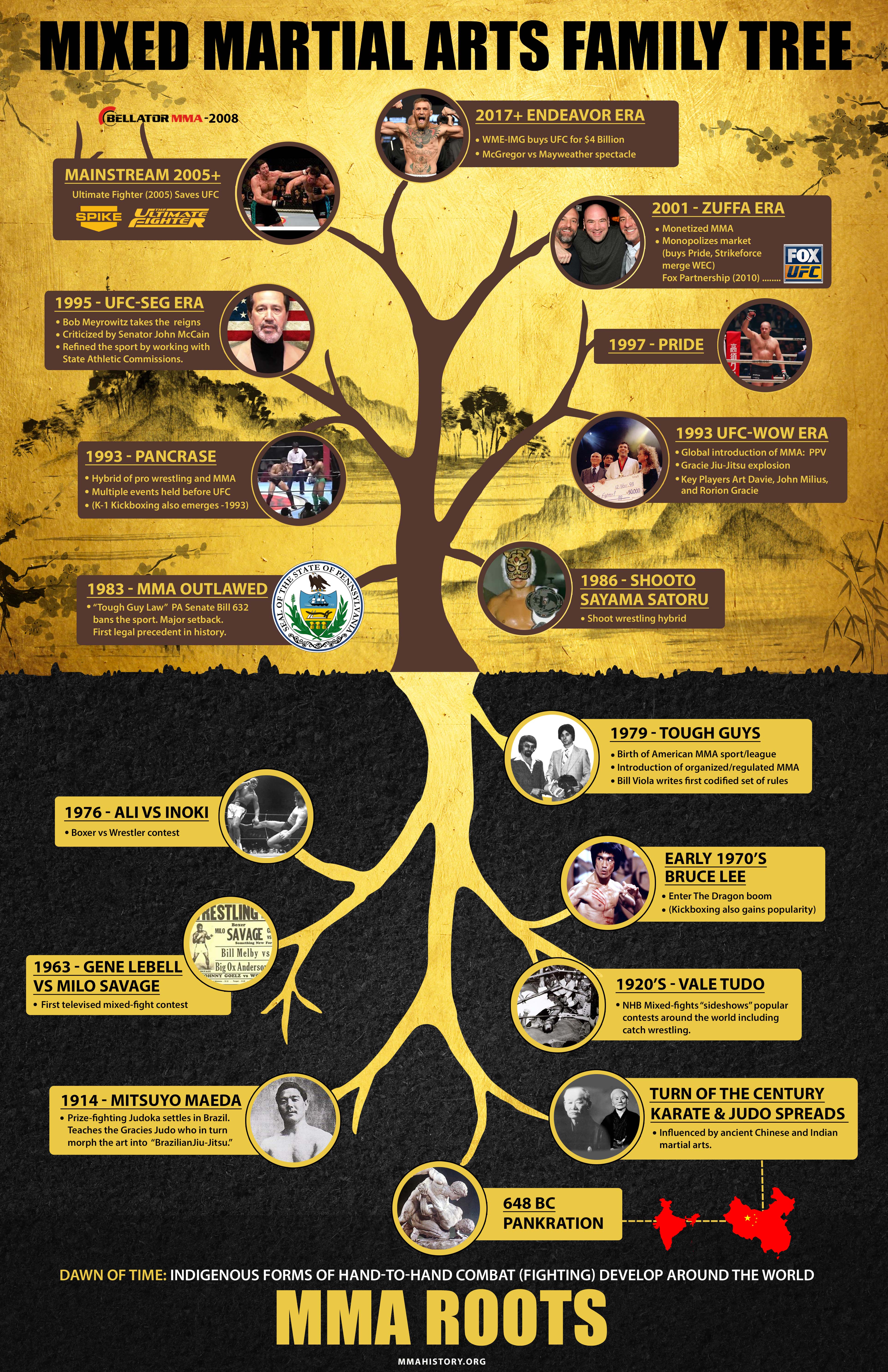Training In Martial Arts Weaponry: A Journey Via Time And Ability
Training In Martial Arts Weaponry: A Journey Via Time And Ability
Blog Article
Web Content Author-Lund Whitney
Discover the ancient origins of martial arts tools training, forming fight methods and self-control. Old people like Egypt and China developed their abilities with numerous weapons like bows, staffs, swords, and nunchaku. Given through generations, typical tools such as katana, nunchaku, bo team, and sai provide special features and strategies. Modern tool training integrates typical principles with contemporary techniques, concentrating on speed, accuracy, and versatility. Enhance your combat abilities by learning about the rich background and diverse strategies of martial arts weaponry.
Old Origins of Defense Training
Checking out the ancient roots of tools training reveals the foundational principles that have formed martial arts techniques for centuries. In ancient worlds, tools training had not been only a way of battle yet additionally a means to instill technique, honor, and regard. The earliest kinds of weapons training can be mapped back to ancient Egypt, where soldiers were learnt the art of archery and spear fight. These skills were crucial for shielding the kingdom and ensuring its prosperity.
As people advanced, so did the techniques and tools utilized in training. In ancient China, martial arts experts developed their skills with weapons like the staff, sword, and nunchaku. These weapons weren't just tools for self-defense however also icons of stamina and mastery. The training techniques were given from generation to generation, maintaining the standard techniques and philosophies.
Through the research study of ancient tools training, contemporary martial artists gain a much deeper understanding of the discipline and commitment required to master these abilities. By recognizing the legacy of ancient warriors, experts remain to maintain the timeless principles of martial arts.
Conventional Fighting Style Weaponry
The development of martial arts weaponry from old human beings to contemporary practice highlights the enduring importance of traditional weapons in fight training. Conventional martial arts weapons includes a vast variety of tools such as the katana, nunchaku, bo staff, and sai. These tools have actually been passed down with generations, each with its unique qualities and techniques.
which martial arts use nunchucks , a conventional Japanese sword, is understood for its intensity and accuracy in strikes. Nunchaku, containing two sticks linked by a chain or rope, require skilled dealing with for reliable battle. The bo personnel, a lengthy stick commonly constructed from wood, is versatile in both assault and protection maneuvers. The sai, a three-pronged steel tool, is adept at capturing and blocking challengers' strikes.
Training with these typical tools not just sharpens physical fight skills but additionally grows technique and focus. By understanding the techniques of traditional martial arts weaponry, practitioners can embody the abundant history and culture of martial arts while boosting their battle effectiveness.
Strategies for Modern Tool Training
Modern tool training methods emphasize flexibility and effectiveness in combat situations, blending typical concepts with contemporary methods for maximum efficiency. To excel in modern tool training, concentrate on boosting your rate, precision, and versatility. Experimenting weapons like knives, batons, and guns needs mastering techniques that prioritize swift strikes and specific protective maneuvers.
Footwork plays an important duty in modern weapon training, enabling you to maintain proper distance from your challenger and quickly transition in between offending and protective stances. By including fluid motions and fast footwork drills right into your training routine, you can properly escape attacks and launch counterattacks with accuracy.
Additionally, modern weapon training stresses the significance of situational recognition and tactical thinking. Recognizing exactly how to examine threats, determine susceptabilities, and manipulate openings in your opponent's protection is important for success in battle circumstances. By honing your analytical skills and establishing a tactical attitude, you can exceed foes and emerge victorious in challenging scenarios.
Verdict
So there you have it! https://6abc.com/kids-hobbies-extracurricular-karate/10960075/ have actually learnt more about the old origins of tools training, discovered traditional martial arts weaponry, and uncovered techniques for contemporary tool training.
Now go out there and exercise what you've discovered, and end up being a master of martial arts tools! Remember, the possibilities are endless, and with commitment and method, you can come to be a weapon-wielding ninja in a snap!
